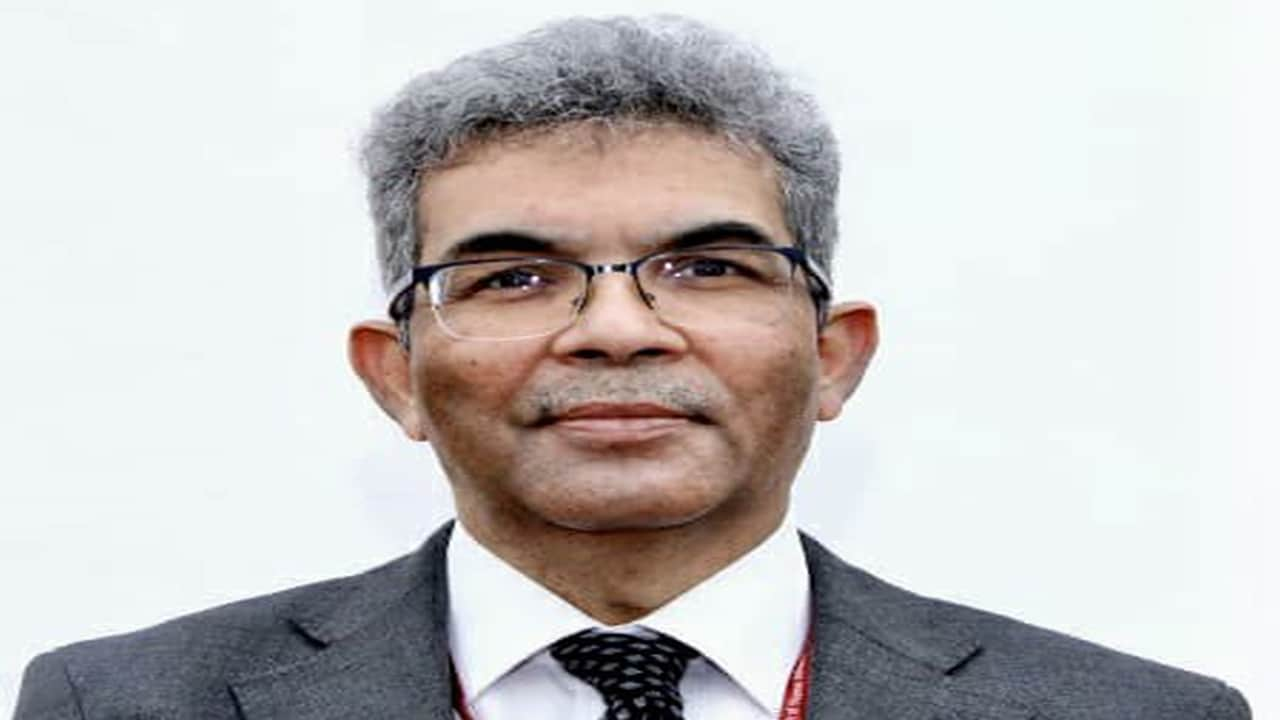
“If the rate of 12% is increased and the 18% rate reduced to align with the revenue-neutral rate of approximately 15%, the resulting revenue shortfall needs to be addressed. This balancing act poses a significant challenge,” Johri explained in an interview with CNBC-TV18.
Johri also emphasised the need to broad-band goods and services of a similar nature under uniform tax rates to minimise disputes and streamline the tax structure.
The GoM’s task is further complicated by the vast range of goods and services that such changes would impact. “This is a complex exercise requiring a meticulous approach to avoid unintended consequences,” Johri noted.
Another topic discussed at the council meeting was the potential reduction or exemption of GST on life and health insurance premiums. While there has been significant industry anticipation regarding this decision, the council opted to seek further input from the Insurance Regulatory and Development Authority of India (IRDAI) before proceeding.
Johri explained the challenges surrounding such exemptions, particularly their impact on the input tax credit mechanism. “Exempting insurance products from GST could disrupt the input tax credit chain, imposing additional costs on insurance companies,” he said. This could, in turn, negate the intended benefits for consumers if insurers pass on the added costs.
Edited Excerpt from the Discussion:
Q: The GoM report on rate rationalisation, which is supposed to be submitted, that report has now been deferred till the next meeting of the GST council. What do you think is the major issue here? There has been a need and call from the industry to rationalise the tax slabs, reduce them to three. What is the major issue here and the difficulties that you’ve seen over the past few years?
Johri: I think the major difficulty is in trying to balance the revenue outcome. Currently, you have four major rates, which are 5%, 12%, 18%, and 28%, and of course, there are some other rates which apply to a very small set of items, goods or services. If you have to compress the number of rates, then the rate of 12% has to go up, but the rate of 18 may need to come down because if you recall, the revenue-neutral rate that was worked out by experts prior to the launch of GST was close to around 15%. So if that unification has to happen then, and the drop of 18 to some middle level is going to cause a loss of revenue, the question is how do you make up that loss of revenue? So I think that is one of the difficult parts of the exercise. The other part, of course, is to broad-band goods and services of a similar nature so that they attract the same rate of tax, and disputes are minimised. So, I think these are the two broad parameters where the group of ministers has to do a balancing act. And it’s a complex exercise, because there’s a large number of goods and services that are going to be impacted by this.
Then the third, of course, is a correction of inversions. These inversions obtained in the textile sector, in the fertiliser sector, and one or two others. And these are also difficult to correct unless these rates are compressed into fewer rates.
Q: The other important issue that the industry was hoping for an outcome on was GST reduction and exemption with regard to life insurance and health insurance. This issue, according to certain deputy CMs, needed more time. In fact, the Bihar deputy chief minister was quoted by the FM as saying that he was one of those who had said that this needs more consultation, maybe another meeting. Now the IRDAI’s inputs have also been sought. Do you feel that this was an area where consensus could have possibly been built up?
Johri: The problem is most likely about the implication of giving a full exemption to these insurance products. The fallout of that is going to be that the input tax credit chain would obviously get disrupted if some of the products that insurance companies are offering are exempted from tax. So I think before a final decision is taken, and if the intention is to pass on the benefit of this reduction entirely to the consumer, then the council would have to take into account the implication of a full exemption on the input tax credit that insurance companies would otherwise have been able to neutralise. Otherwise it would be a cost to them, the disruption in the input tax credit chain, which they would either have to absorb or pass on to the consumer. And if they choose to pass it on to the consumer, then the purpose of giving a full exemption may not be fully served. So, I think this is one of the issues because of which this may require some time.
Watch the accompanying video for the entire discussion.

